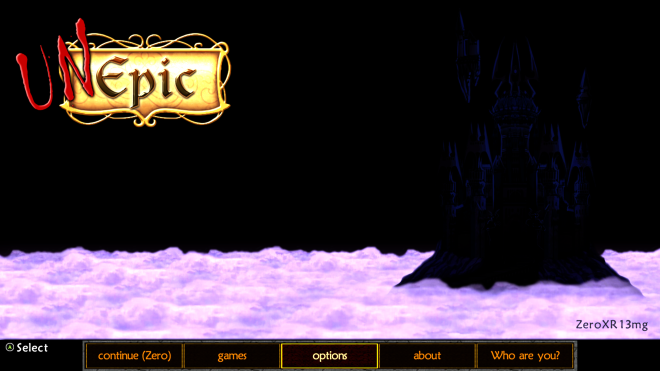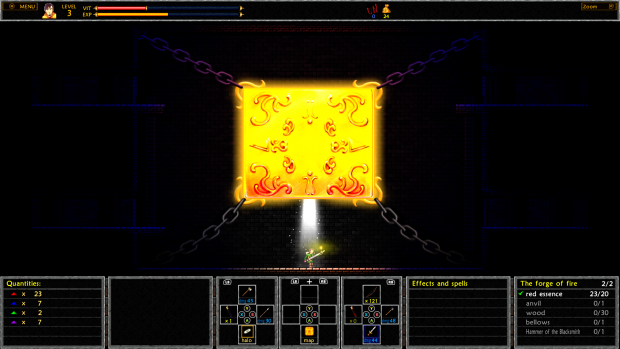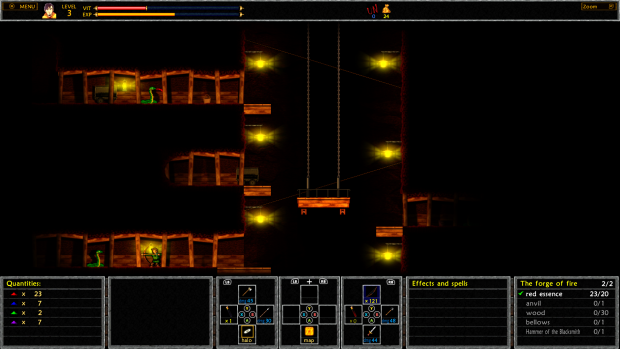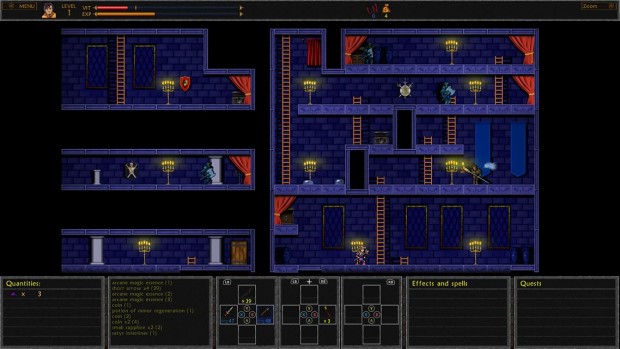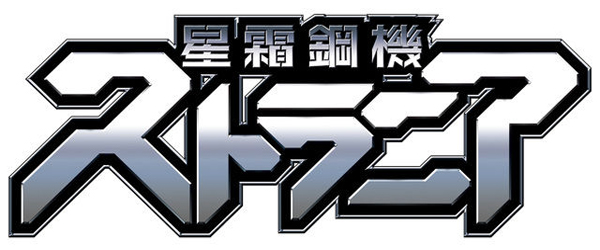Unepic starts off with the protagonist Daniel playing a table-top roleplaying game with his friends. During the game, Daniel realizes he’s had a bit too much beer and needs a bathroom break. On going to the bathroom, the lights cut out and disorient Daniel. Suddenly he finds that there’s no longer a door and the toilet he was using has vanished. He realizes that he’s in what seems to be a castle, and that’s where the game starts you off.
As a game, Unepic is structured as a rogue-like, with Metroid and Castlevania series style exploration. It is a love letter to the games of the past. While taking inspiration from the past isn’t ever a bad thing, this review will evaluate Unepic on the game’s merits and weaknesses.
Here’s what I liked:
Influences from the past with modern features – As stated in the introduction, the game takes a lot of influence from rogue-games (like Nethack), interlinked hub zones like a Metroid series game and a gear/stat focus much like the early Diablo series games. Unepic is very much a big homage to the games that influenced it. The game shows the player the entire room on the screen by default. If a closer view of the action is needed, Unepic allows the player to use the left trigger button to zoom into Daniel. If the player has to take a break but wants to return to the game in a few minutes, Unepic has a true pause function that will render the game completely paused so that enemies cannot kill you while the player is away from the game. This makes Unepic feel both old and new in the same brush stroke.
A fair challenge level – Unepic is challenging but fair in its difficulty level. Some of the enemies do take a bit of trial and error to figure out what type of weapons do optimal damage. However, much like the games it takes past influence from, Unepic can be equally as punishing. Let’s say the player went adventuring for an hour without saving, but gets into a fight that ends up killing Daniel. There is no auto-saving, and (with respect to the hypothetical scenario) the player would need to restart from the last time they had stopped at a save point. The only exception to this rule is that when the player allocates their perk points from level-ups, Unepic requires that the player saves right where Daniel is standing. The challenge level and the save restriction is in-line with the games that Unepic gives a nod to.
Want more of a challenge? Scattered throughout Unepic are purple challenge runes. Some of these reveal challenges for the player that reward Unepic points (called UN points in the game). These points allow the player the ability to take advantage of an in-game store run by a vendor for some extremely powerful items. What makes the UN points so unique is that they last between playthroughs should the player want to replay the game with a save file. Naturally, the more a player replays Unepic, the higher the quantity of UN points that could be potentially stored up for some very powerful equipment, which can help cut down the time to beat repeated plays of the game. Challenges that have been discovered in one save file will be revealed for all save games, but any UN point purchased items will be locked down to the save file that made the purchase.
Here’s what I didn’t like:
An over-reliance on gaming and pop culture tropes – It is understandable that the Unepic team wanted to make the game accessible to anyone familiar with video games, geek culture and sci-fi media. However, it could be grating to players who may not understand the references or may not care for tropes from those influences. In my evaluation of Unepic, I felt that the game laid these tropes down pretty heavily within the first few minutes of the game with very little signs of letting up. For example, on meeting one specific type of non-player character (NPC for short), Daniel will use the greeting “En Taro Adun” with. The greeting may sound odd or foreign to those who don’t know that this message is a greeting/battle cry of the Protoss Templar units from the Starcraft series. Overall, the use of references and trops gives Unepic a little less of an identity of its own.
Some game play aspects are unforgiving – Much like some of the games it takes influence from, there are certain aspects of Unepic that make it just as unforgiving as the games it pays homage to. The stat point allocations have the same set-up as early Diablo series games. If the player allocates them incorrectly or a particular stat build is no longer working out to the player’s liking, the only one way to reset the stat point allocations is an item sold by an NPC for 100 UN points. 100 UN points isn’t a possible feat in a single play through, so you’re pretty much stuck with your build unless you’re planning to play through a few times. If you happen to be stuck on how to progress, the game doesn’t offer many hints on how to proceed. While this may not turn off folks who are used to games from the Metroid or Castlevania series, those who like the option to get a hint or a tip of where to go may find it a bit off-putting.
Movement and combat are not fluid – While Unepic does take influence from Metroid and Castlevania series games, it didn’t take improvement from some of the more modern title entries like Metroid: Zero Mission or Castlevania: Order of Ecclesia. The combat and movement in those games is very fast and fluid, while Unepic seems to have movement that has a heavy feel to it. Jumping is a great example of this. From a dead standstill, Daniel can jump straight up, but there is no ability to adjust his direction. From a running start, Daniel can jump in an arc in the direction he was running. However, should you need to adjust your running jump, Daniel suffers the same issue seen with his standing jump in that the jump trajectory cannot be changed. Combat also feels heavy. Quick weapons such as swords and daggers don’t seem substantially faster than a mace or axe.
Wrap up:
Unepic really shows off its muscle in its tributes to the old challenging adventure games of the NES era. While it has been upgraded with such modern amenities as beautiful music, voiced story characters and crisp graphics, a heavy reliance on established video game references, jabs at sci-fi media and occasional geek jokes don’t give the game much of an identity of its own. The clunky movement and combat could be seen as a tribute to the past, but I think the game would have benefited from the more fluid combat and movement of modern iterations of classic games. All of these points together form a game that is definitely a love letter to the past eras in gaming that does have fun poking at itself and the usual tropes in adventure games.
Score: Try It
Unepic was developed and published by EnjoyUp Games. It released on January 8, 2016 for $9.99. A copy was provided for review purposes.

